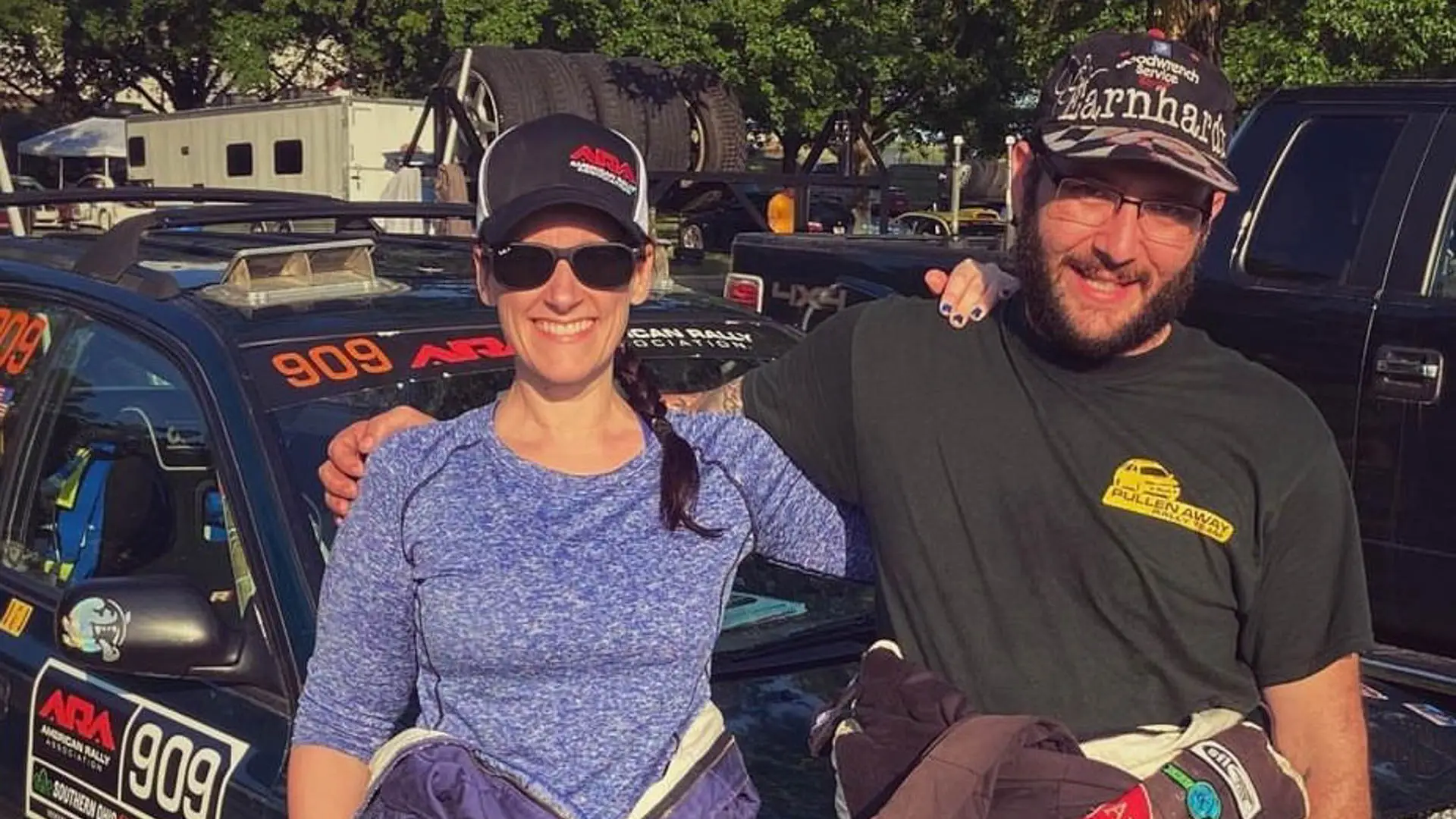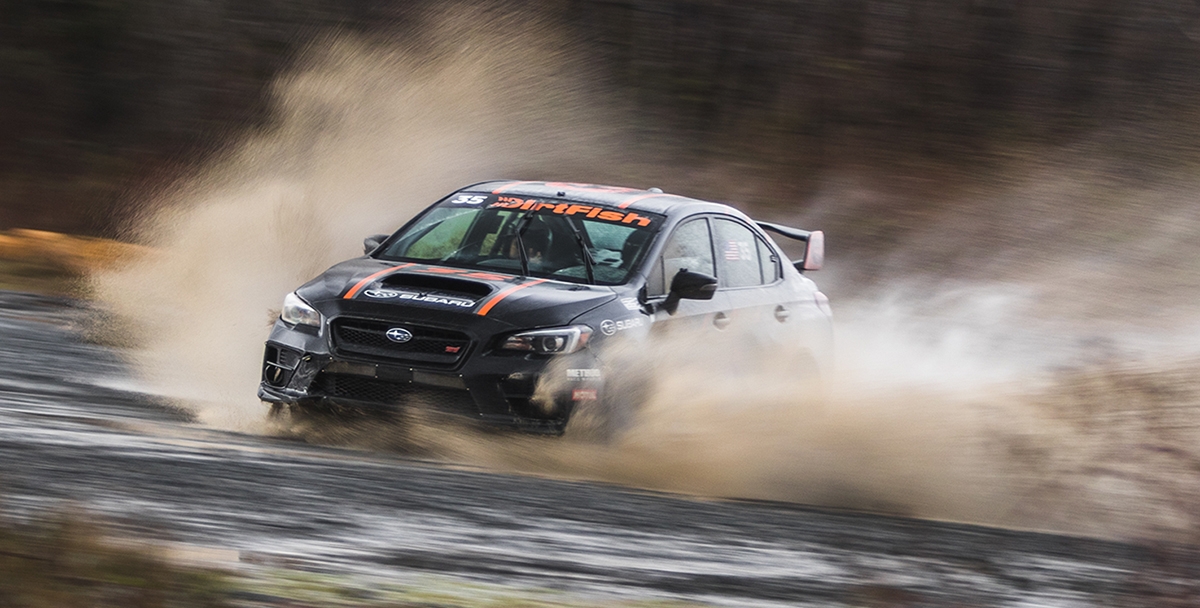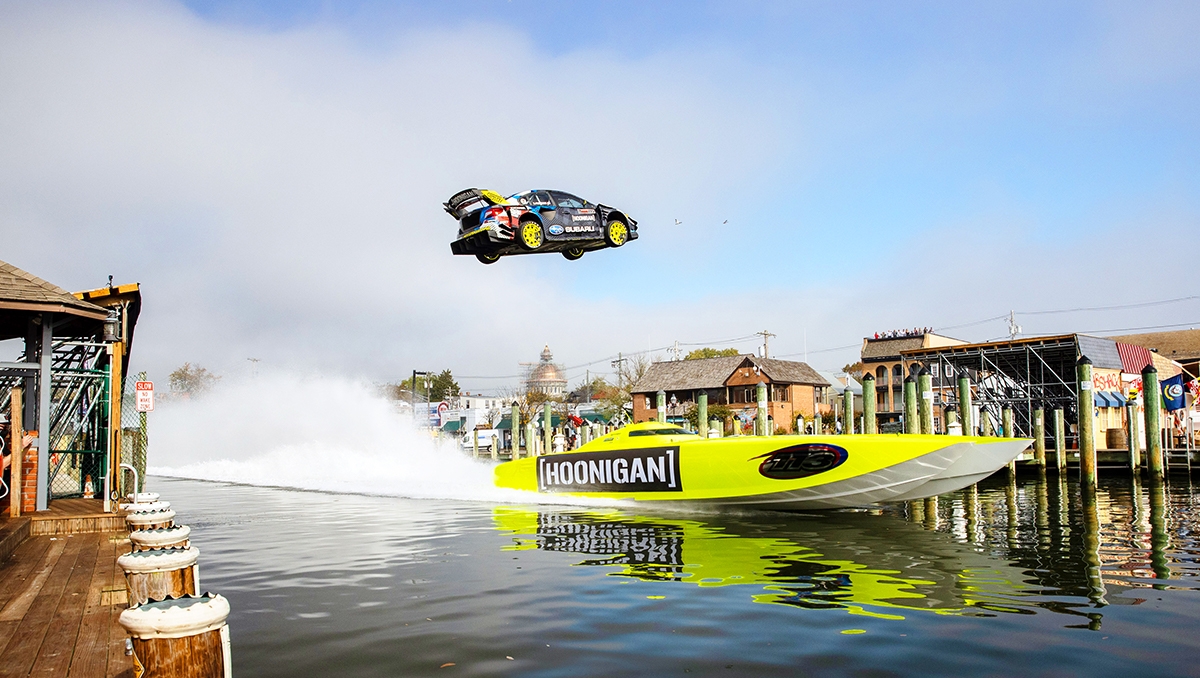These cars were built for a different kind of motorsport, but it’s a testament to their toughness and versatility that they can be a blank canvas for exceptional performance on the drag strip, too.
There’s prize money, prestige and parts at the top levels where C.J. Synak competes, but the great thing about drag racing is its inclusiveness. Anybody with a driver’s license and a car can give it a shot, and it isn’t expensive. All over the United States, competitors line up every weekend to hone their skills and figure out what their cars are capable of, and Subaru vehicles are well represented at drag strips throughout the country.
“Run What You Brung”
The idea of organized drag racing, when the National Hot Rod Association (NHRA) first got off the ground in the 1950s, was to keep hot-rodding kids off the streets and put them in a relatively safe environment with a defined set of rules. To encourage the growth of the sport, costs were intentionally kept to a minimum.
As a result, the bulk of competitors that hit the drag strip are competing in what the NHRA calls “Street Legal” style drag racing. To qualify, a car must have seat belts, DOT-legal tires, muffler(s), working headlights and taillights and a secured battery. All a driver needs are a license, valid registration and insurance, long pants, a sleeved shirt, closed-toe shoes and socks.
The Dial-In
In any drag race that’s door handle to door handle, it looks as if the cars in the two lanes are in competition with each other. They are, in a sense, but really the drivers are in competition with themselves.
Before drivers make their first run, they predict the elapsed time it will take to get through the traps at the quarter- or eighth-mile mark. It’s called the “dial-in,” and that’s the number the drivers are hoping to hit. Going faster than that is called “breaking out,” and it’s an immediate disqualification from that run. You can go slower than the dial-in, but if the car next to you comes closer to her dial-in, she’s going to advance to the next round.
It’s not necessarily about going fast. It’s about being consistent. Drivers are obsessed with time slips (which show not only the elapsed time in the quarter mile, but also their 60-foot, 330-foot, 660-foot and 1,000-foot times, along with their speed at the quarter mile) to see where things may have gone wrong, or gone right.
Time slips also show the driver’s reaction time – the amount of time between the illumination of the green light on the starting tree until the time the front wheel crosses a photo beam in their lane. In a dead heat, a quicker reaction time can advance a driver to the next round.
The NHRA has more than 100 member tracks across the country. The International Hot Rod Association (IHRA) runs another 90 around the world. On any given weekend during the summer, thousands of competitors have at it, making drag racing – by far – the world’s most inclusive form of motorsport.
Racing vehicles shown are driven by professionals on closed courses. Do not attempt. All Subaru vehicles sold by Subaru of America are designed and built for normal driving conditions. The Subaru Limited Warranty, as well as the Subaru Added Security program, may exclude damage or failure resulting from modifications or participation in competition or racing events. See the Subaru Warranty and Maintenance booklet for further details.





